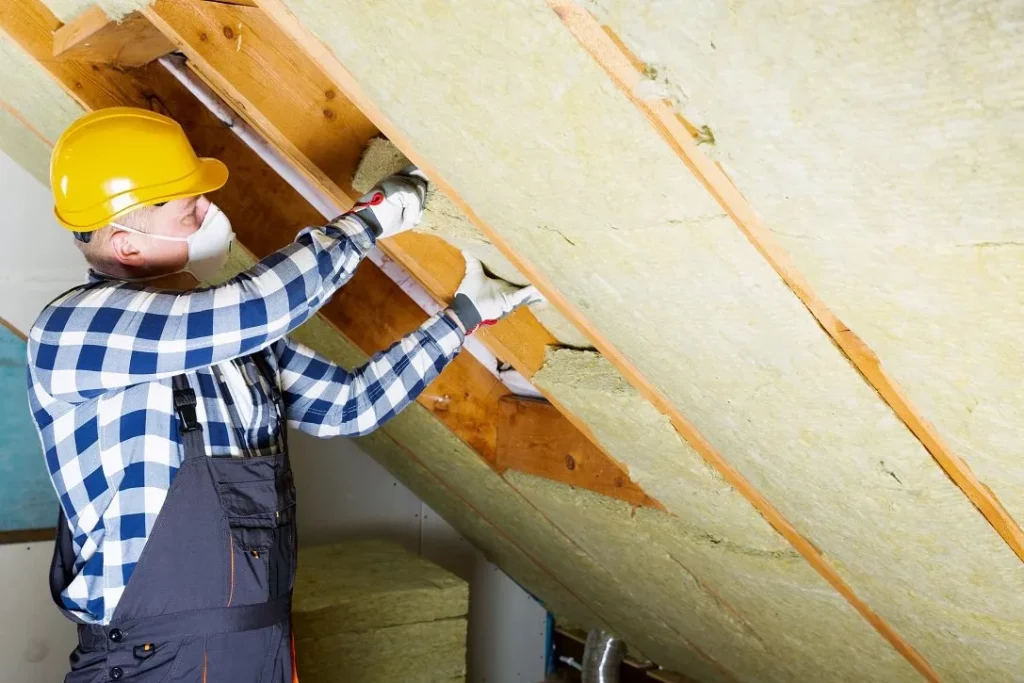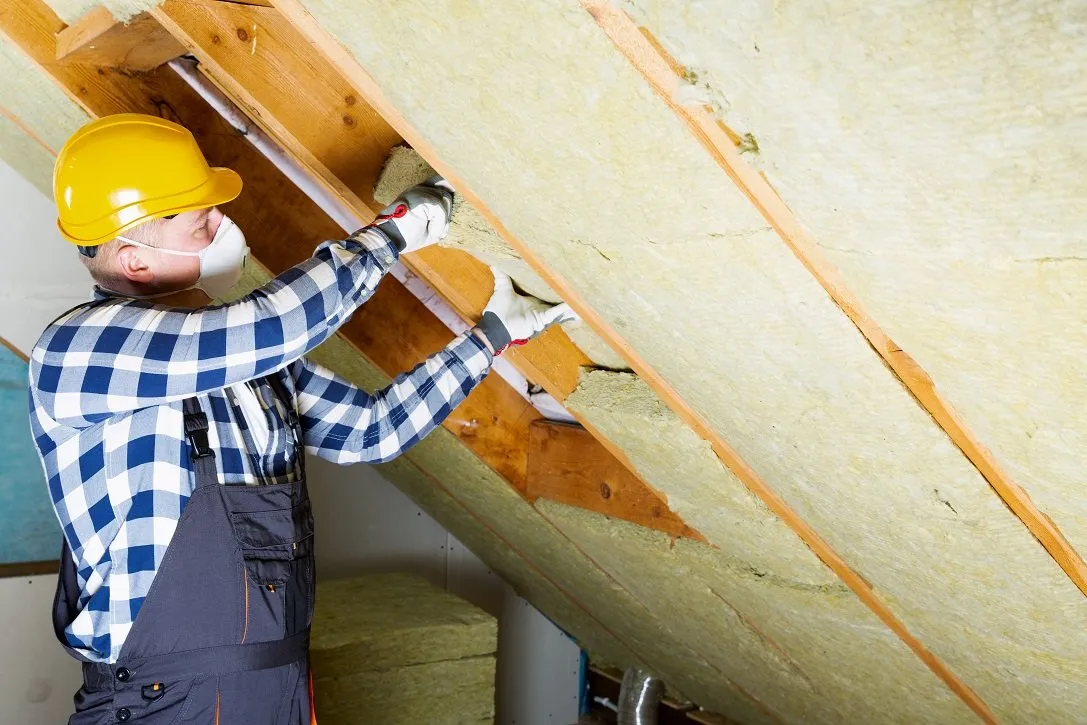If you’re considering enhancing the energy efficiency and comfort of your home, understanding the “Cost To Insulate A Ceiling” is a crucial step. Learn about the factors influencing expenses and make informed decisions to optimize your living space.

Introduction
Insulating your ceiling is a strategic investment that pays dividends in energy savings, comfort, and sustainability. Whether you’re motivated by reducing utility bills or creating a more temperate indoor environment, knowing the “Cost To Insulate A Ceiling” empowers you to make sound decisions for your home. In this comprehensive guide, we’ll explore the factors influencing insulation costs, types of insulation materials, and the potential long-term benefits of this investment.
Deciphering Expenses: Factors Affecting the Cost To Insulate A Ceiling
Understanding the various elements that contribute to the overall cost of insulating a ceiling is essential. Each home is unique, and several factors influence the expenses associated with this improvement.
- Ceiling Size and Layout: The size and layout of your ceiling directly impact the amount of insulation material required. Larger ceilings or intricate architectural designs may increase the overall cost.
- Insulation Material Choice: The type of insulation material you choose significantly affects costs. Common options include fiberglass, cellulose, foam board, and spray foam, each with its own price point.
- Labor Costs: Professional installation ensures optimal performance. Labor costs can vary based on the complexity of the job and local labor rates.
- Accessibility of the Ceiling: Easy access to the ceiling facilitates installation, potentially reducing labor costs. In contrast, hard-to-reach or obstructed areas may require more effort, impacting overall expenses.
- Local Climate Considerations: The climate in your region influences the recommended insulation levels. Colder climates may necessitate thicker insulation, affecting costs.
Unveiling the Numbers: Average Cost To Insulate A Ceiling
While the cost to insulate a ceiling can vary widely based on individual circumstances, providing a general overview can offer valuable insights. The following estimates are intended to provide a rough idea of potential expenses:
- Fiberglass Insulation: On average, fiberglass insulation costs between $1.00 and $1.50 per square foot, including materials and labor. This cost-effective option is popular for its thermal resistance and fire resistance.
- Cellulose Insulation: Cellulose insulation typically falls in the range of $1.00 to $1.50 per square foot. Made from recycled paper, cellulose is an eco-friendly choice known for its effective insulation properties.
- Foam Board Insulation: Foam board insulation can range from $1.50 to $3.00 per square foot. While more expensive, it offers high R-values and is suitable for various applications.
- Spray Foam Insulation: Spray foam insulation tends to be pricier, averaging between $1.50 and $3.50 per square foot. However, it provides superior air sealing and thermal resistance.
Maximizing Returns: Long-Term Benefits of Ceiling Insulation
Investing in ceiling insulation goes beyond upfront costs, offering long-term benefits that contribute to the overall value of your home.
- Energy Savings: Properly insulated ceilings reduce heat transfer, resulting in lower energy consumption for heating and cooling. This translates to ongoing savings on utility bills.
- Enhanced Comfort: Insulation creates a more stable indoor temperature, reducing drafts and temperature fluctuations. This contributes to a more comfortable living environment year-round.
- Environmental Impact: Energy-efficient homes contribute to environmental sustainability by reducing greenhouse gas emissions. Choosing eco-friendly insulation materials further enhances the positive impact.
- Increased Home Value: Well-insulated homes are attractive to potential buyers. The added energy efficiency and comfort provided by ceiling insulation can increase the resale value of your property.
Making Informed Decisions: Tips for Cost-Effective Ceiling Insulation
To maximize cost-effectiveness when insulating your ceiling, consider the following tips:
- Energy Audits: Conduct an energy audit to identify specific areas for improvement, guiding your insulation decisions and potentially reducing unnecessary expenses.
- DIY Considerations: While professional installation is recommended, homeowners with experience may explore certain DIY insulation projects, such as installing batts in accessible areas.
- Material Comparison: Research and compare insulation materials based on their R-values, durability, and long-term benefits. Choosing the right material for your needs ensures a wise investment.
- Government Incentives: Investigate available government incentives or tax credits for energy-efficient home improvements. These can help offset the initial cost of ceiling insulation.
Read too: Discover the Allure of Hunter Douglas Wood Ceiling Designs: Enhancing Spaces with Elegance
Conclusion
Investing in ceiling insulation is a strategic decision that pays off in increased comfort, energy savings, and environmental sustainability. By understanding the factors influencing the “Cost To Insulate A Ceiling,” you empower yourself to make informed choices for your home. Whether you prioritize cost-effectiveness, eco-friendliness, or long-term benefits, ceiling insulation is a valuable investment in the overall well-being of your living space.
